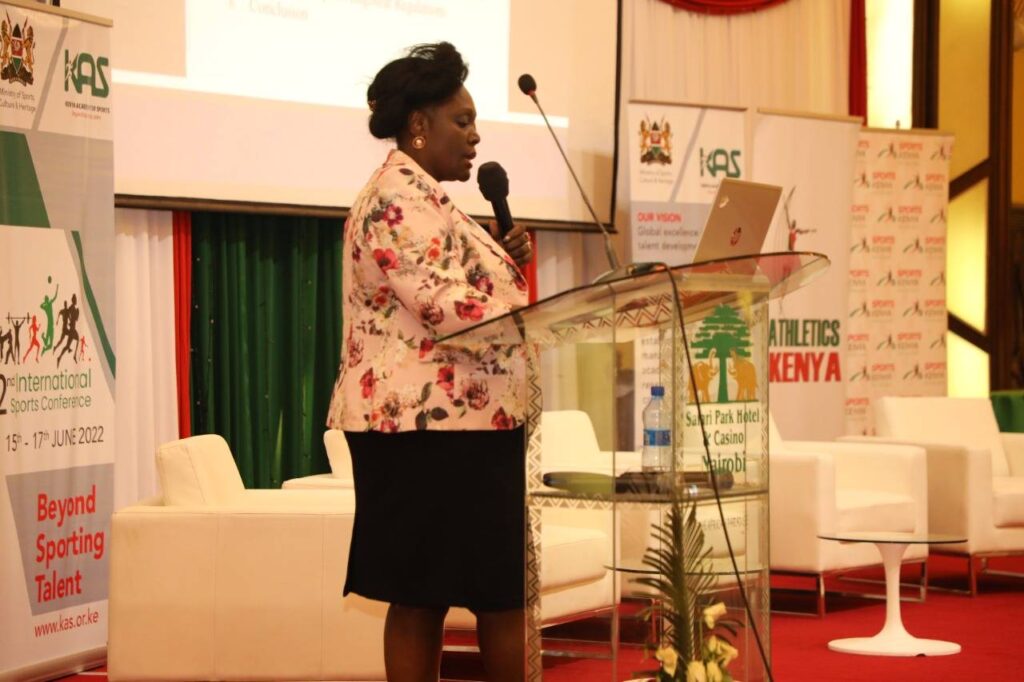Kenya’s sports sector has received a major financial boost in the 2025/26 Financial Year Budget, reflecting the government’s commitment to enhancing infrastructure, governance, and talent development across the country. One of the standout allocations is KSh 2.3 billion earmarked for the digitization and automation of the Registrar of Sports. This initiative is designed to modernize operations and improve compliance with the Sports Act 2013, easing the registration process for sports federations and improving transparency and accountability.
The Kenya Academy of Sports has also been prioritized, receiving KSh 245 million to support the development of sports academies across the country. These academies are expected to play a vital role in identifying and nurturing talent at the grassroots level, with construction already underway in some areas.
In a significant development for anti-doping efforts, the Anti-Doping Agency of Kenya (ADAK) has been allocated KSh 241 million. This comes as a relief for the agency, which had previously raised concerns about inadequate funding. The new allocation is expected to bolster its programs and enhance the country’s fight against doping in sports, ensuring fair play and protecting the integrity of Kenyan athletes.
Sports Kenya, the entity tasked with managing and maintaining national stadia, has received an allocation of KSh 402 million. This funding is set to support improvements in the maintenance and upgrade of key sports facilities, which are essential for hosting both local and international competitions.
The Sports, Arts and Social Development Fund remains the largest recipient of budgetary support, with KSh 13.5 billion allocated for the 2025/26 fiscal year. However, this marks a reduction from the previous year’s KSh 16.5 billion. Despite the cut, the fund continues to serve as a central pillar in financing sports, arts, and social projects across the country.
These financial commitments underscore the government’s intent to not only improve the administrative and structural aspects of sports but also ensure that athletes and sporting institutions are well-supported. The focus on digitization, academy development, anti-doping measures, and facility management indicates a holistic approach aimed at long-term growth and sustainability in the sports sector.
The 2025/26 budget highlights a strategic shift toward modernizing Kenya’s sports environment, enhancing efficiency, and building systems that can better serve athletes, federations, and the broader sports ecosystem. Through targeted investments, the country is positioning itself to become a regional leader in sports governance, talent development, and international competitiveness.

